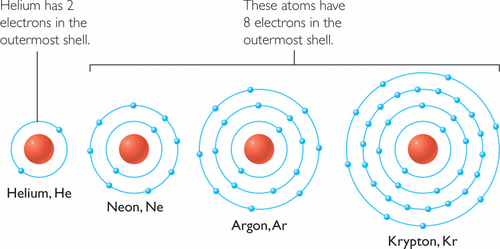

#Xe electron configuration full#
We know that xenon's full electron configuration is 1s22s22p63s23p63d104s24p64d105s25p6 From this picture, we see that the next shell we choose to fill will be the 6s orbital. Hoboken, NJ: John Wiley & Sons, Inc., 2005. Xe Next, we have 74 54 20 more electrons to fill. Principles of Modern Chemistry, 6th edition.

Upper Saddle River, NJ: Pearson Prentice Hall, 2004. "Electronic Structure of the Elements." The European Physical Journal C - Particles and Fields, volume 15, number 1–4, 2000, pp. 78–79. Reading, MA: Addison Wesley Longman, Inc., 1998. Introductory Quantum Mechanics, 3rd edition. "Accurate Relativistic Fock-Space Calculations for Many-Electron Atoms." pp. 81–119 in Relativistic Electronic Kaldor, Uzi, Ephraim Eliav, and Arie Landau. "QED and Relativistic Corrections in Superheavy Elements." The European Physical Journal D - Atomic, Molecular, Optical and Plasma Physics, volume 45, number 1, 2007, pp. 155–170. New York: HarperCollins College Publishers, 1993. Inorganic Chemistry: Principles of Structure and Reactivity, 4th edition. Electronic configuration or general electron configuration or electronic structure of atoms or ions is the arrangement of orbital energy levels for s, p, d. Structure of Atomic Lawrencium (Z = 103): Energies and Absorption Rates." The European Physical Journal D - Atomic, Molecular, Optical and Plasma Physics, volume 45, number 1, 2007, pp. 107–113. Oxford: Oxford University Press, 1998.įritzsche, S., C. There is no hard and fast rule for this, but that is an explanation that correlates with experimental data.References (Click the next to a value above to see complete citation information for that entry)Įmsley, John. Thus, electron pairing is favorable enough for Tungsten.

The more the electron distribution is spread out, the less electron-pair repulsion there is, and thus the lower #Pi_c# is. However, Tungsten's #5d# and #6s# orbitals being larger than the #3d# and #4s# orbitals (respectively) spreads out the electron density enough that the pairing energy ( #Pi = Pi_c + Pi_e#) is small enough. The small-enough orbital size means that the electron density is not as spread out as it could be, which makes it favorable enough for a maximum total spin to give the most stable configuration.The minimization comes from having all unpaired electrons in the #3d# and #4s# ( #3d^5 4s^1#), rather than one electron pair in the #4s# ( #3d^4 4s^2#). The minimized coulombic repulsion energy #Pi_c# further stabilizes this configuration.The maximization comes from how there are #5# unpaired electrons, instead of just #4# ( #3d^4 4s^2#). The maximized exchange energy #Pi_e# stabilizes this configuration ( #3d^5 4s^1#).One explanation for Chromium, then, is that: The former is stabilizing and the latter is destabilizing, as shown below (suppose configuration 2 is at pairing energy #Pi = 0#): Which elements are represented by these noble gas configurations Ar 4s2 3d6. These combine to produce an overall pairing energy #Pi = Pi_c + Pi_e#. Example: Electron configuration notations for Zinc, Zn Z30.The coulombic repulsion energy #Pi_c# (a destabilizing factor that is inversely proportional to the number of electron pairs).The notation X indicates that all subshells. The exchange energy #Pi_e# (a stabilizing quantum mechanical factor that is directly proportional to the number of pairs of electrons in the same subshell or very close-energy subshells with parallel spins) The ground electronic configurations of the elements H through U and their first cations are given below.Electron configuration can be done in two ways. To explain Chromium's electron configuration, we could introduce: The electron configuration of cerium is 1s 2 2s 2 2p 6 3s 2 3p 6 3d 10 4s 2 4p 6 4d 10 4f 1 5s 2 5p 6 5d 1 6s 2, if the electron arrangement is through orbitals. Unfortunately, there is no easy way to explain these deviations in the ideal order for each element. Interestingly enough, Tungsten is more stable with an electron arrangement of #4f^14 5d^4 6s^2#.


 0 kommentar(er)
0 kommentar(er)
